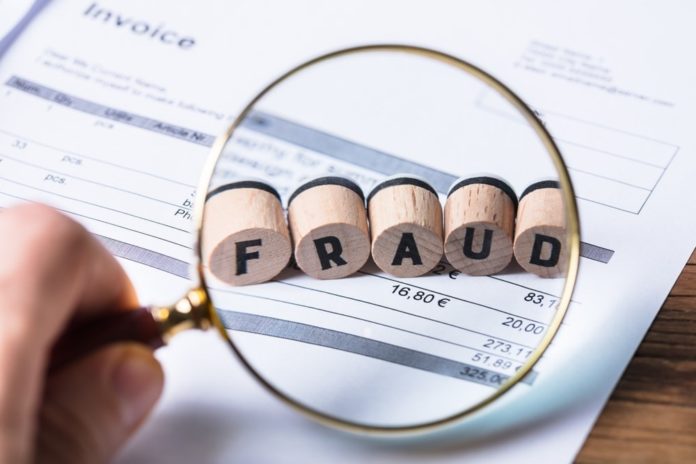
Fraud is a common enemy to businesses of all sizes worldwide. The Association of Certified Fraud Examiners (ACFE) surveyed thousands of businesses in its most recent report in 2018 and found that, on average, organizations were losing around five percent of their turnover to deceit each year.
So, what are particular risks to be aware of?
1. Check fraud

Tampering with or writing fraudulent checks is a common fraud method, particularly in smaller businesses, but can be combated with modern security checks that can’t easily be tampered with or photocopied, such as these from Intuitmarket.
Allied to this is the need to control who is authorized to write checks; where possible, it’s wise to pay people using direct bank transfer as opposed to raising checks.
2. Payroll fraud
Various scams operate mainly revolving around employees claiming for more time than they’ve actually worked. This can take the form of falsifying timesheet records or having colleagues clock in for them when they’re absent or late.
It’s important to vet potential employees thoroughly and to conduct regular spot checks to ensure staff aren’t abusing trust.
3. Cash and card fraud

Companies involved in selling directly to the public such as in e-commerce, retail or mail-order environments are vulnerable where cash and card transactions take place.
Cash – it’s estimated some $70 million of fake currency is circulating in the US so it spells major losses if your business unwittingly accepts counterfeit cash for products and services.
It’s a double-edged sword in that along with not receiving a legitimate payment from the buyer, you may be giving them real money back in change.
Training staff to be able to detect when fake currency is being used is key.
Cards – credit card deceit is rife and the risks are higher if you’re involved in CNP (card not present) transactions online or over the phone.
Helping staff spot when fraudulent card use is occurring is important to try and combat card fraud.
4. Returns fraud
Again, e-commerce and mail order businesses are more susceptible to this type of deceit.
A customer will try to return an item saying it’s faulty or unfit for purpose even if there’s nothing wrong with it and they’ve derived some use out of it. Or they may claim their order wasn’t complete with certain items missing.
While you no doubt wish to offer a full service to customers by honoring errors and genuine returns, you also need to guard against this type of fraud; having maximum return periods and a system to flag up those who have a suspiciously high return rate are two ways to tackle the problem.
5. ID theft

A very real threat and becoming more popular, ID theft can do untold damage to an organization’s business activities; it can cost considerable sums of money, prove very disruptive and severely damage reputations.
Sensitive financial information falling into the wrong hands such as bank statements and paychecks can enable fraudsters to access funds.
An organization’s customer information, such as credit cards and addresses, can enable card cloning and perhaps ID theft if exposed to fraudsters. Along with potential losses, it can cause a severe break down in trust between the company and its customers.
To help combat this type of fraud, rigorous security such as ensuring only certain people can sign checks and access customer data along with regularly reviewing systems security is important.











